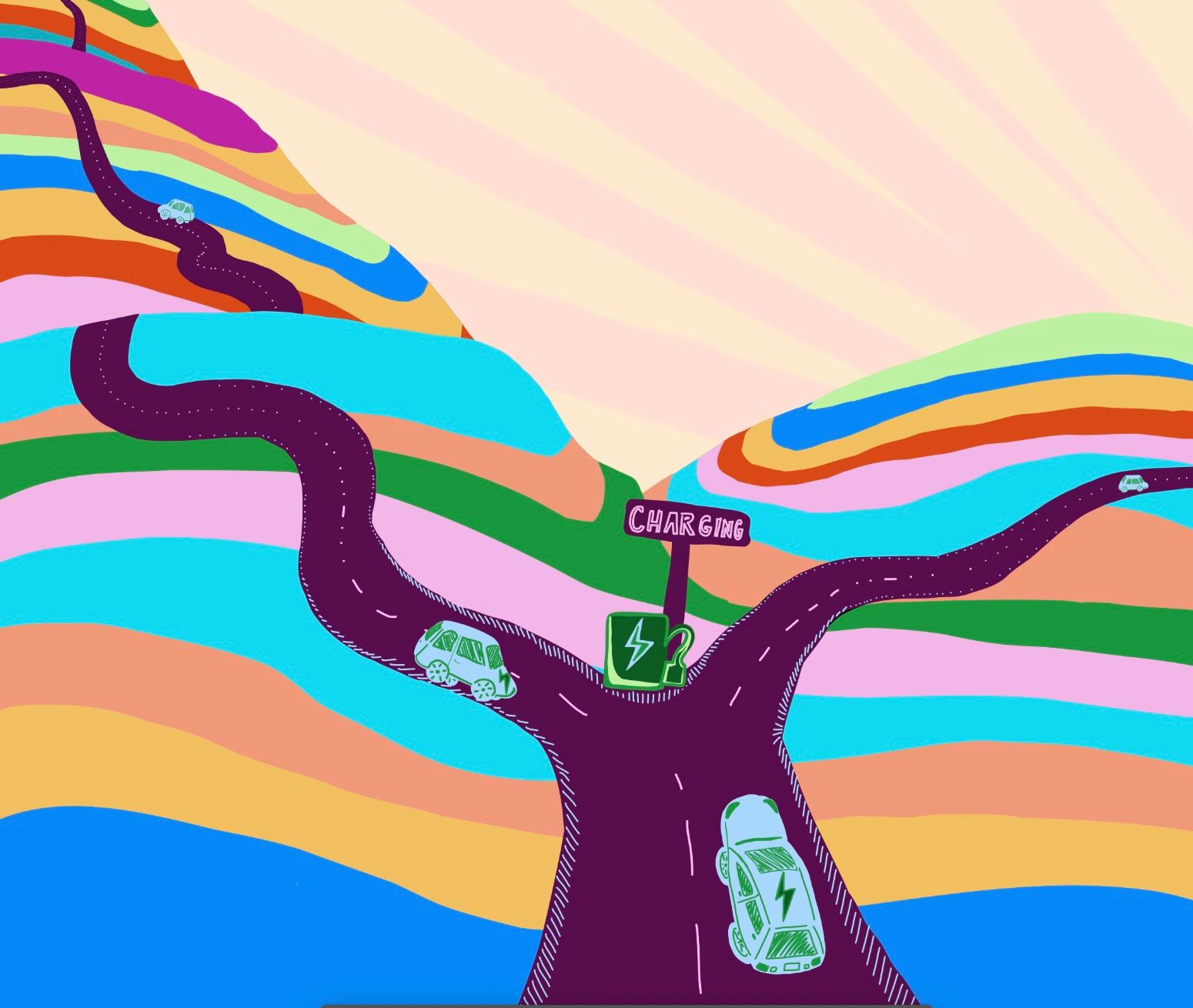To handle surges of COVID-19 patients, hospitals must have enough medical supplies. But anticipating which hospitals will need more supplies is like trying to predict the future.
Professor Bin Yu’s research group in the Departments of Statistics and Electrical Engineering and Computer Sciences is designing effective ways to predict which counties are going to have a surge of COVID-19 patients. The group has designed an ensemble of predictors known as the Combined Linear and Exponential Predictor (CLEP), to forecast COVID-19 deaths per county two weeks into the future.
CLEP looks at whether COVID-19 deaths are increasing exponentially or linearly. According to the Yu Group, they used predictors for both exponential growth and linear growth, since they each approximate growth patterns at different phases of the pandemic. For some counties, such as New York county in March, COVID-19 deaths were increasing exponentially. However, as the outbreak slowed down, most counties’ COVID-19 deaths slowed to linear growth. CLEP adjusts its prediction based on which type of growth better fits the data. For instance, if the linear predictor performs better on new COVID-19 data, CLEP will give it more weight over the exponential predictor. Having CLEP update itself dynamically allows the Yu Group to have flexible predictions in the midst of an incredibly erratic pandemic.
Using their county-level COVID-19 predictors, the group has also developed a method to predict the hardest-hit hospitals. Based on their findings, the group advises Response4Life, a medical supply nonprofit, on which hospitals to prioritize when shipping supplies.
This article is part of the Fall 2020 issue.





